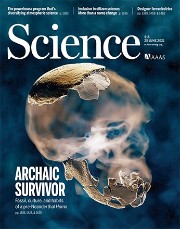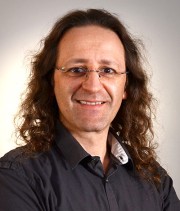Christophe Pécheyran published in Science Magazine
Abstract
Fossils of a Middle Pleistocene (MP) Homo within a well-defined archaeological context at the open-air site of Nesher Ramla, Israel, shed light on MP Homo culture and behavior. Radiometric ages, along with cultural and stratigraphic considerations, suggest that the fossils are 140,000 to 120,000 years old, chronologically overlapping with H. sapiens in western Asia.
Lithic analysis reveals that MP Homo mastered stone-tool production technologies, previously known only among H. sapiens and Neanderthals. The Levallois knapping methods they used are indistinguishable from that of concurrent H. sapiens in western Asia.
These findings constitute evidence of contacts and interactions between H. sapiens and MP Homo.
Source
Science, American Association for the Advancement of Science, 25 Jun 2021: Vol. 372, Issue 6549, pp. 1429-1433 (DOI: 10.1126/science.abh3020).
Founded by Thomas Edison in 1880, Science is one of the world's top academic journals.
Bio
He is responsible for a series of advances in the sampling and analysis of chemical forms of metals in the atmosphere and in the inorganic analysis of petroleum products. In particular, he has developed two new generations of analytical laser machines in power and frequency ranges that have been little explored until now. Recepient of several instrumentation awards, he is the author of about a hundred scientific articles.
The fields of application of his research are extensive. For example, the fight against wine counterfeiting, the fight against nuclear proliferation, the environment, and the dating of archaeological artefacts.

